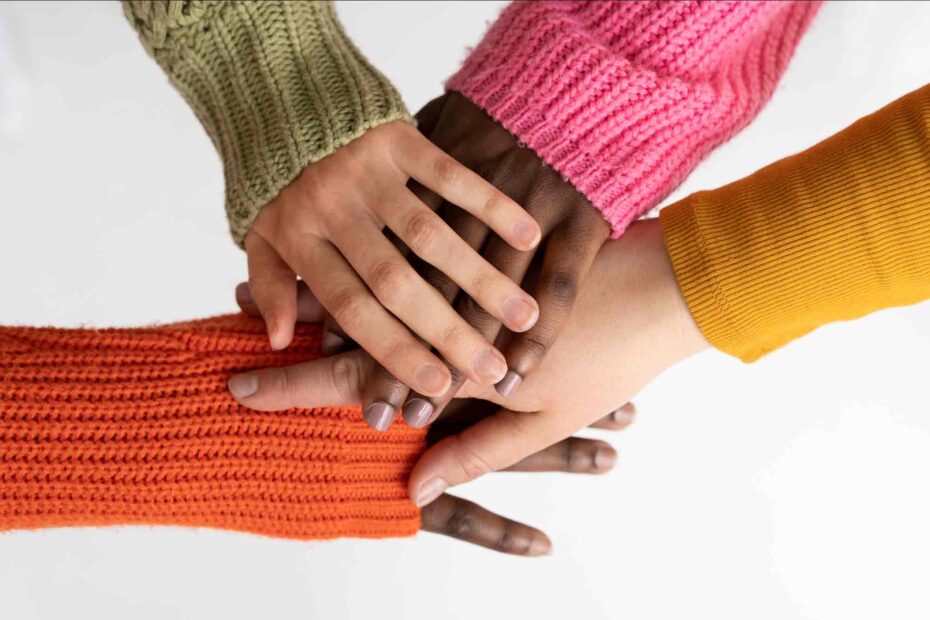Home > Culture > Page 2 Culture
Culture can be defined as the shared beliefs, values, customs, behaviours, and artifacts that characterise a group or society. It is the way of life of a particular group of people. Also, it encompasses everything from language and religion to food and fashion. Culture is transmitted from one generation to the next through various means such as family, education, and social institutions.
Subculture, on the other hand, refers to a group within a larger society. They share certain distinctive norms, values, and behaviours that differ from those of the dominant culture. Subcultures can arise from differences in ethnicity, religion, gender, age, music, and other factors. Subcultures often form around shared interests or beliefs. Furthermore, members of a subculture may exhibit distinctive styles of dress, language, and behavior.
For example, the punk subculture emerged in the 1970s as a reaction against the mainstream music and culture. It was characterised by its rebellious attitude, distinctive clothing style, and loud, fast-paced music. Similarly, the hip-hop subculture originated in African American and Latino communities in the 1970s. It is largely characterised by its distinctive music, dance, fashion, and language.
Subcultures can also be influenced by geographical location, social class, and political views. For instance, the goth subculture emerged in the UK in the 1980s and was characterised by its dark, morbid aesthetic. It has since spread to other countries and has become a global phenomenon.
Culture and subculture are closely related but distinct concepts. Culture refers to the shared beliefs, values, customs, behaviours, and artifacts that characterise a group or society. Subculture, on the other hand, refers to a group within a larger society. They share distinctive norms, values, and behaviours that differ from those of the dominant culture.








